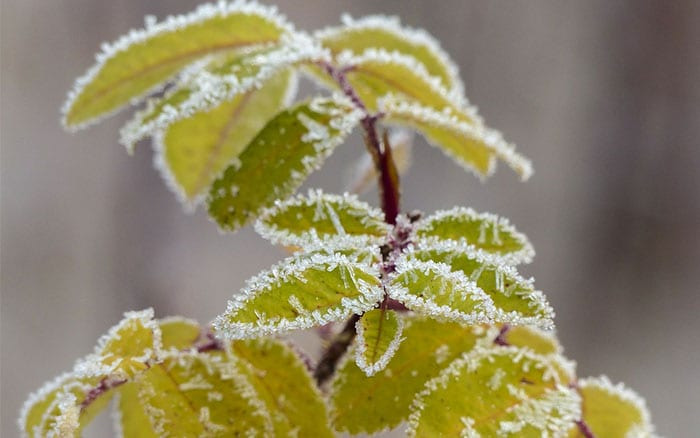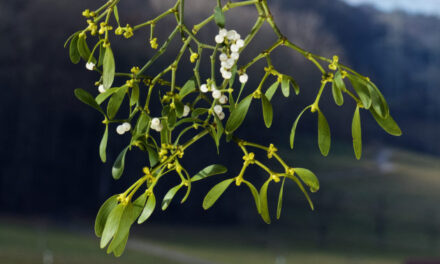With the weather getting colder and frost on the horizon, you may be starting to get worried about your plants. But how to protect plants from frost the correct way? As you may already know, the majority of plants will not survive frost. The frost injures the plants by causing ice crystals to form in the plant cells. This in turn, makes water unavailable to the plant tissues which disrupts fluid movement.

Plants are classified by the minimum temperatures they can tolerate, and therefore plants that are labeled as “hardy” can tolerate some amount of freezing. Non hardy plants will usually die at the first sight of frost. Whichever plants you choose to grow, be sure to do a little research to see if your plant is hardy or not, especially if you live in a frost prone area. If you have tender plants (non hardy), it's best to remove them from the outdoors before the first frost.
Site Selection for Plants:
One of the best preventative measures is to protect your plants from the cold and frost. Try to avoid planting tender, non hardy plants in wide, open spaces. Rather, find a spot that's more protected, such as a south or west-facing wall. This will absorb heat during the day. Additionally, you can also uses fences and shrubs as protective barriers.
Preventative Measures:
- It's important to water the soil thoroughly to prevent plants from dying. This is because wet soil will hold heat better than dry soil.
- Cover plants and vegetables with protective sheets such as drop cloths, blankets, or tarps. Use stakes to keep the material from touching the plants.
- When temperatures come back up the next day, remove coverings.
- If temperatures only drop for a short period of time, consider covering the planting area with straw, mulch, or leaf mold. Remove once all danger of frost has passed.
- A 100-watt lamp can be placed inside of a tree to reflect onto ground plants. This lamp can emit enough heat to reduce frost damage.
- Look for an anti-transpirant at your local nursery and spray that onto the leaves of sensitive plants. One application can protect plants for up to 3 months.
- Plants that are in containers should be grouped together and sheltered near a wall or fence, if possible.
How to Protect Succulents From Frost:
The most sensitive of plants, succulents, need to be protected from frost. While there are cold-hardy varieties of succulents, most are very frost sensitive. For this reason, succulents should be brought inside at the first sign of frost. This is because succulents cannot tolerate the cold, or can they tolerate a lot of water.
What to do If Plants Are Affected by Frost:
So you know how to protect plants from frost, but what if that didn't work and some of your plants were affected? The answer is, try not to fret too much. The truth of the matter is that mother nature can be unpredictable, but plants are also surprisingly resilient. The worst thing you can do is remove frost affected parts of the plant. It's best to leave the damaged parts on the plant until spring. Then, see if your plant regains life. In a lot of cases, plants will sprout new leaves and healthy growth, at which point, you can go ahead and remove the damaged parts. If you see no new growth at all, it's time to bid goodbye to your plant and remove it entirely.



















